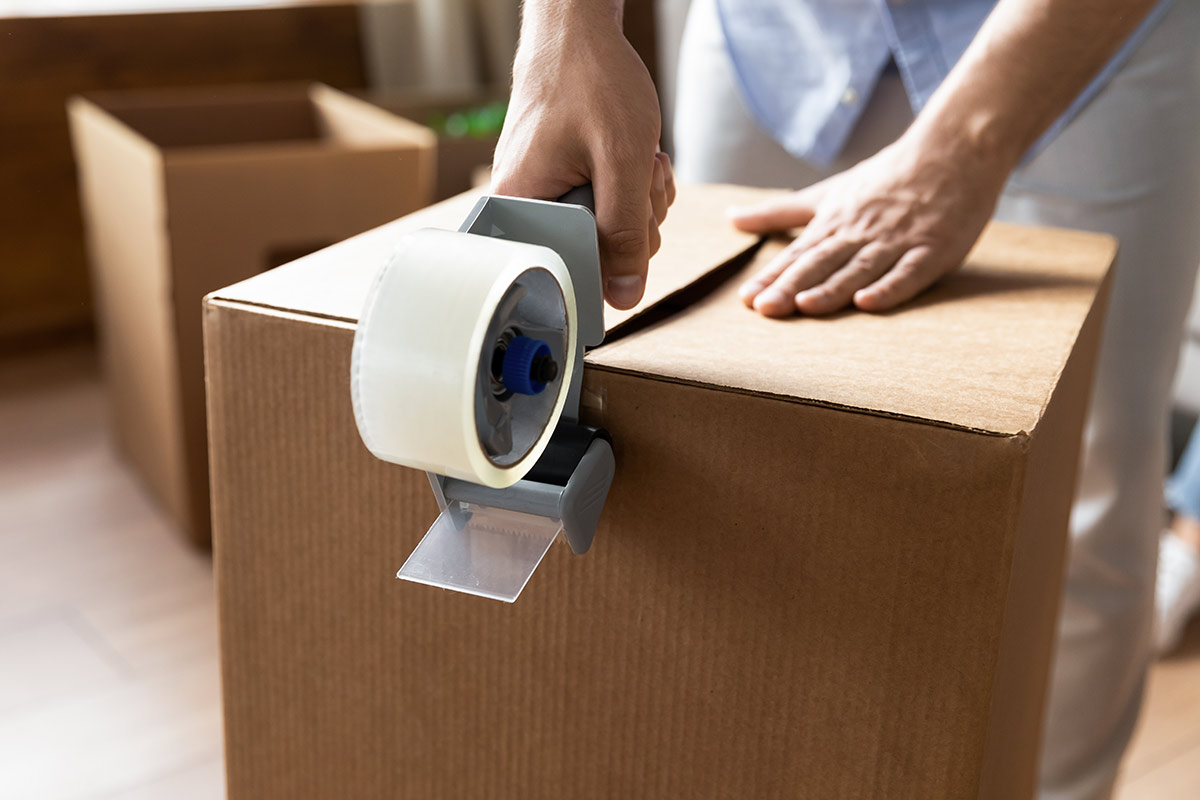The shipping pallet: humble but mighty. Although they appear to be a simple object, pallets play a vital role in the shipping and transportation industry. They are the literal foundation for the secure transport of goods. In a non-industrial setting, shipping pallets have been hailed by crafters and DIY enthusiasts for unique but practical uses. The upcycling of pallets has become quite a trend over the past several years, so shipping pallets have become an even bigger part of our daily lives than just a mere shipping material.
The humble shipping pallet’s origin story begins in 1925, five years after the invention of the forklift. In fact, the pallet was designed with the forklift in mind. In 1968 the shipping pallet was standardized to the 48-inch by 40-inch North American standard pallet that we know today. However, pallets still come in various other sizes if needed.
Why Shipping Pallets Need to Be Cleaned
You see shipping pallets regularly, but have you ever really thought about what that pallet may have moved last or how it has been stored? Of course not; why would you? In 2009, Johnson & Johnson recalled Tylenol products because of complaints about a musty smell. Johnson & Johnson retraced their entire supply chain in search of the cause of the smell. The culprit was determined to be the pallets. More specifically, it was a chemical used to treat the pallets.
Whether you’re an international company using pallets for shipping or a do-it-yourself crafter making pallet furniture, the chemicals, bacteria or fungi that could be contaminating that pallet are a real concern.

Not all pallets live the same life. Some are used for food or medical transport and are kept in extremely clean environments. These pallets are generally only thrown away if they are broken. The pallets that most do-it-yourself crafters will encounter are retail store pallets — that may have been stored next to dumpsters and exposed to harmful waste.
Cleaning Shipping Pallets
So how exactly do you deal with a shipping pallet that is potentially covered in chemicals, mold and multi-species bodily waste?
First and foremost, wear gloves. Always wear gloves to protect yourself from chemicals and other contaminants as well as any stray nails that may be protruding.
Next, check the pallet for safety. Remove any protruding nails or fasteners. These can be sharp and pose a risk of injury and tetanus. Any fasteners that are not sticking out or posing a hazard do not need to be removed.
Then, check the pallet for discoloration. If the pallet is stained and you’re unsure of where it may have been, it’s probably best to dispose of the pallet and find a better one. The stains could be hazardous chemicals from a previous shipping incident, and if you are planning to use the pallet inside your home, you want to be absolutely certain it’s not saturated with harmful chemicals.

Check the pallet’s markings. Those marked DB (Debarked), HT (Heat Treated), KD (Kiln Dried) and EPAL (European Pallet Association Logo) are likely safe to use. Do not take the pallet inside until it has been cleaned, though. In addition to chemicals, the pallet could have insects living in it. Power wash the pallet thoroughly. If you are just looking to use the wood for another project, you can now disassemble the pallet. If you do not wish to disassemble it or you have already finished disassembly, you can now sand the wood.
Start with a coarse grit going with the grain and gradually work up to finer grits until the wood is smooth. If you prefer not to sand the pallet, be sure not to use it where someone could get splinters from it. Give the pallet a good scrub with a diluted disinfectant or diluted bleach and rinse again. If desired, you can scrub and rinse or power wash a final time.
As for companies just trying to keep their supply chain clean, there are services and equipment available for cleaning your used wooden pallets, but at the very least you can power wash them with a disinfectant every time they return to your facility. This could help you avoid costly recalls like the one Johnson & Johnson faced.











